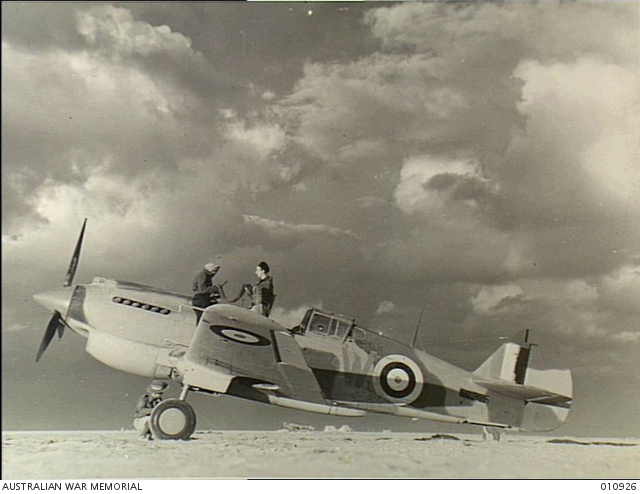The P-40 was among the most abundant American fighter aircraft of the Second World War, owing to its low production cost. It was only superseded in numbers by the P-51 Mustang and the P-47 Thunderbolt.
The origin of the P-40 Warhawk as a single-engine, single-seat, completely metal attack bomber came from modifications of the X-p40 prototype which was the 10th Curtis P-36 Hawk in production by the Curtis-Wright Corporation.
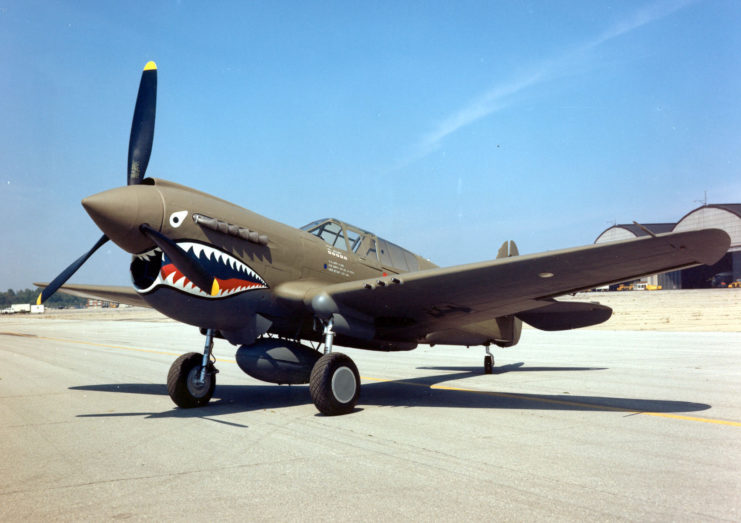
Following a test flight of the X-P40 by Lt. Benjamin S. Kelsey in late 1938, it was decided that the performance of the X-P40 left much to be desired, thus there was need for improvements in the speed, and other relevant aerodynamic qualities of the aircraft, leading to the subsequent production of the P-40 Warhawk at the main Curtis factory in Buffalo, New York.
About 524 P-40 fighters were ordered in April 1939 by the U.S. Army Air Corps, the highest order the USAAC has ever made.
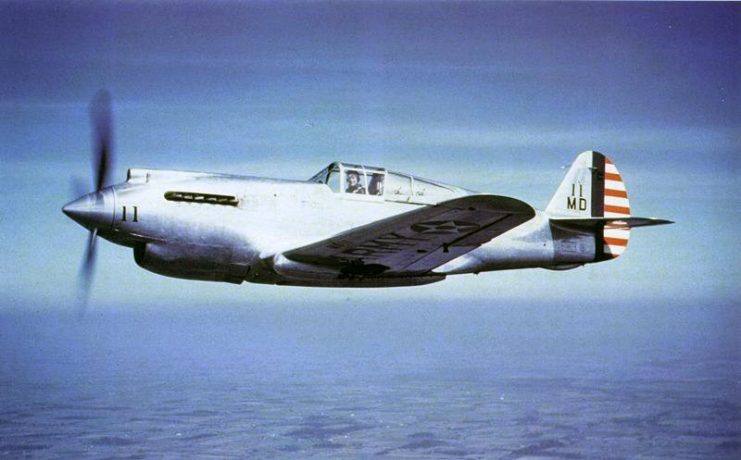
The P-40 was propelled by an Allison V-1710 V12 engine which dissipated 1,040 horsepower. It weighed about 8,300 pounds on full load and, with a max speed of 360 mph, it possessed a range of 1,100 km. Its climb rate was at 2,100ft/min.
Between the first production in 1939 and the last in November 1944, about 13,738 Warhawks were built, with up to 16 variants, making it the third most-produced American fighter.
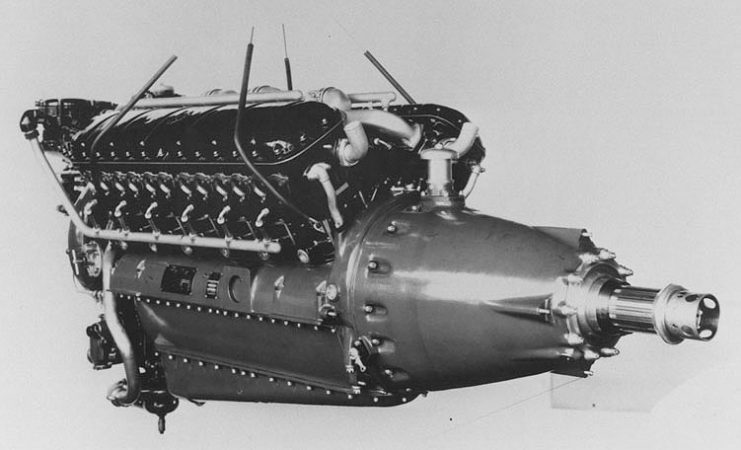
Several Allied nations adopted the P-40 into their military service following its commissioning, with equivalent models of the P-40B and C getting the designation Tomahawk from the British Commonwealth and Soviet forces. The P-40D and subsequent versions were labeled Kittyhawks.
The max speed of the earliest variants was average, and its engine was quite inferior to those of other modern fighters. The earliest P-40s had a good degree of sturdiness, but their lack of armor and self-sealing tanks left them poorly protected. Later models employed these lacking features and were significantly improved.
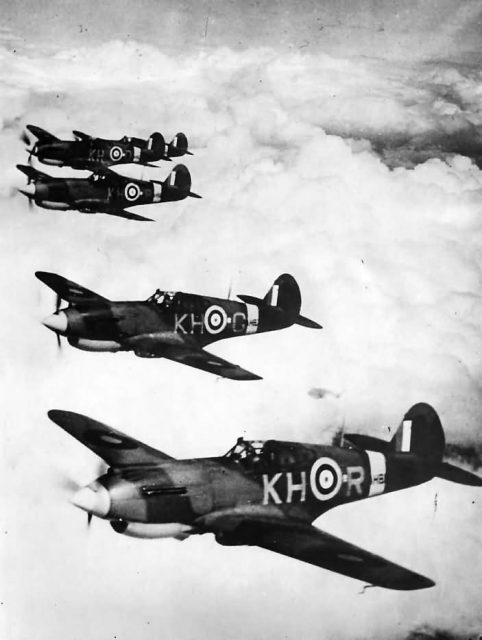
The monoplane had a considerable level of agility and influence at low and medium altitudes with its tight-turning ability, but it was a complete flop at high altitudes, making them highly inferior to the Messerschmitt Bf 109, the Focke-Wulf Fw 190 and other fighters used by the Luftwaffe at high altitudes, and thus unfit for the Eastern European theater.
However, during the Second World War, the P-40s were crucial in the North African, Southwest Pacific, and Chinese theaters.
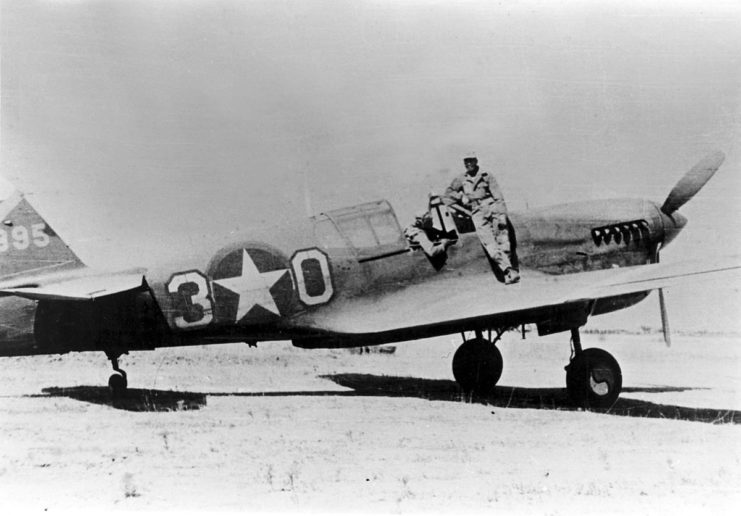
Generally, in June 1941, during the North African Campaign, the British Commonwealth squadrons of the Western Desert Air Force became the first to use the P-40s in combat. The No. 112 Squadron Royal Air Force was the first allied unit to adopt the shark mouth logo.
The P-40s were a handful for German and Italian fighters at low and medium altitudes during the campaign in North Africa and were used for air superiority, a role which they played effectively.
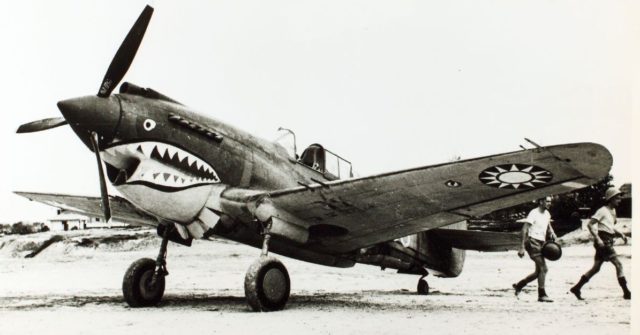
American P-40s were engaged in their first combat in December 1941 in the Southwest Pacific. During an attack at Pearl Harbor, they gunned down several Japanese planes after a few P-40s managed to get airborne. However, the P-40s suffered heavy losses on the ground. Out of the 99 P-40s based in Hawaii during the event, only 25 survived.
The P-40s also performed in South East Asia, the Middle East, Eastern Europe, Italy, and Alaska.
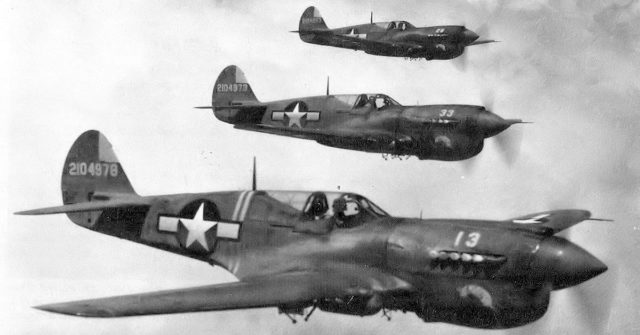
Throughout their years in service, the P-40s were famed for producing over 200 aces from seven different Allied nations.
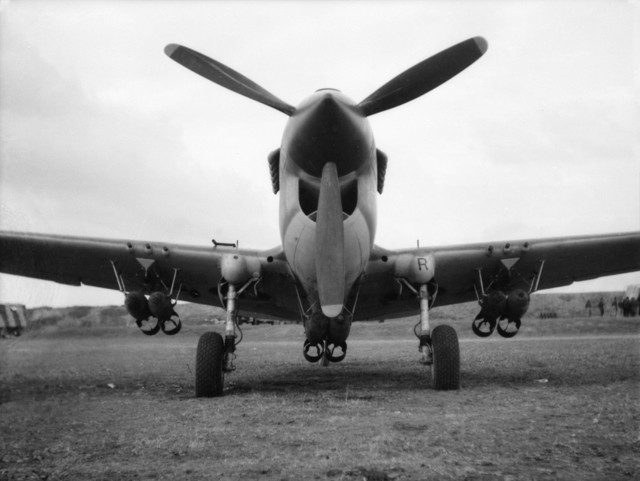
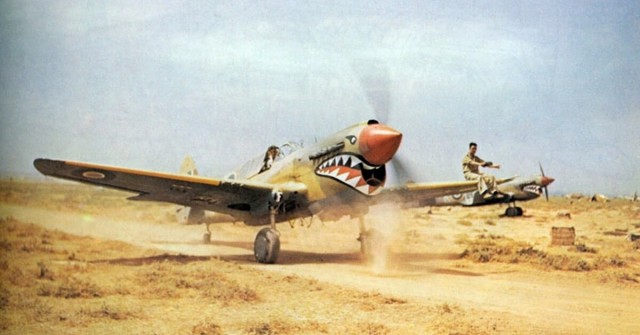
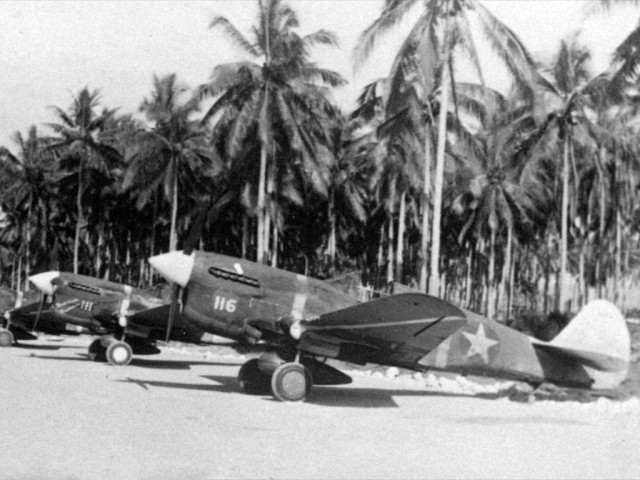
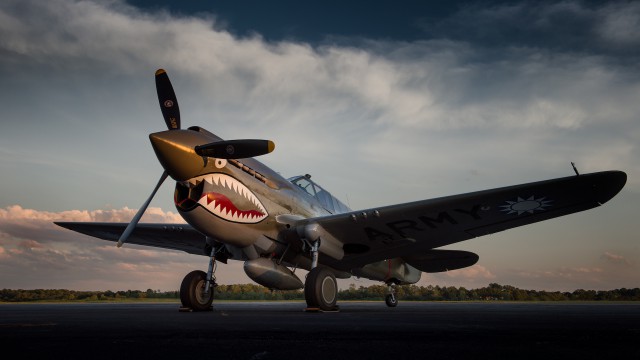
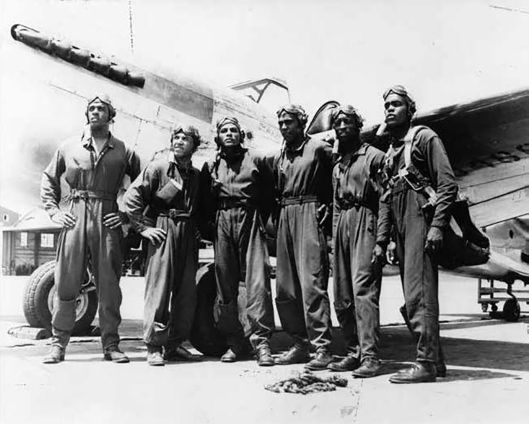
P-40 Warhawk.
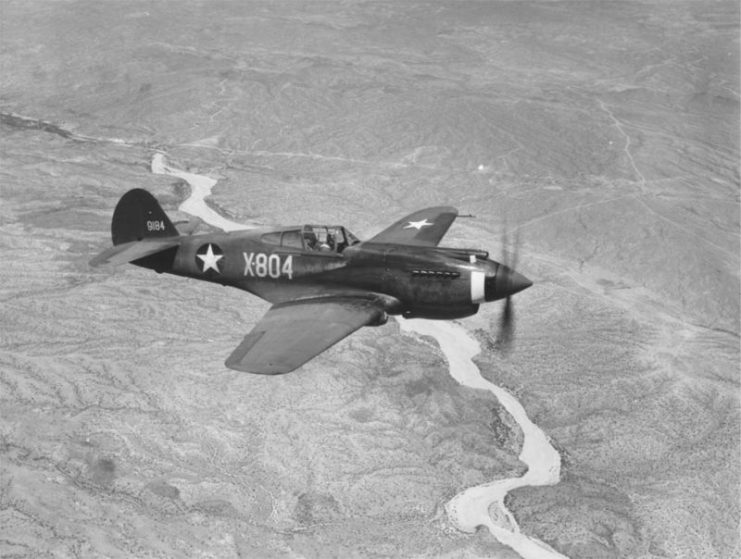
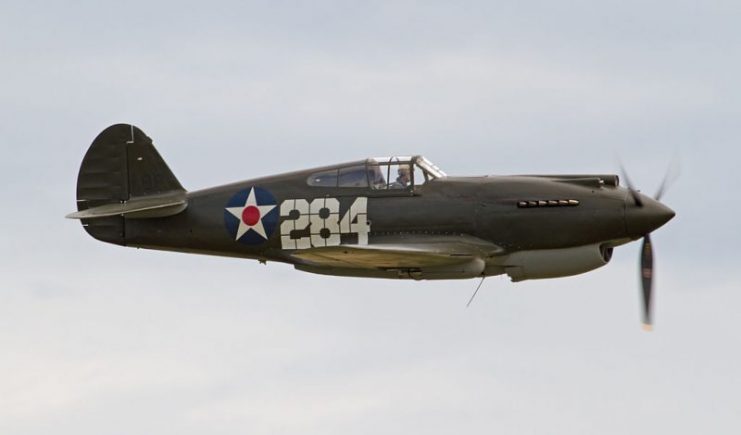
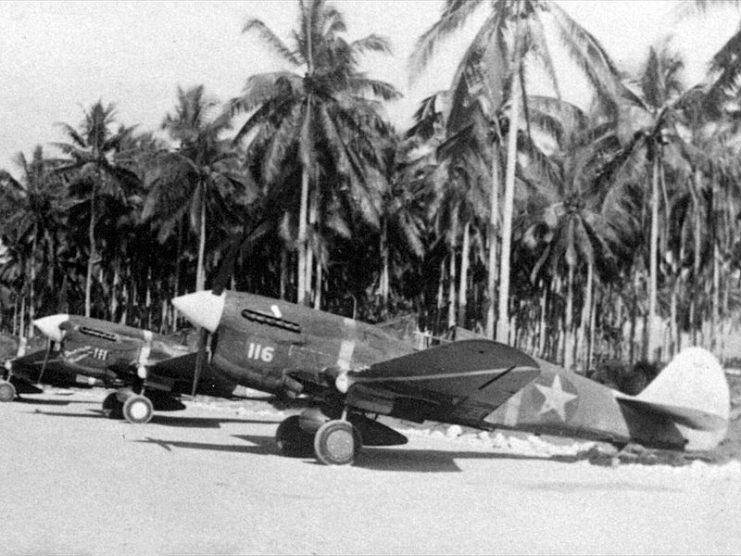
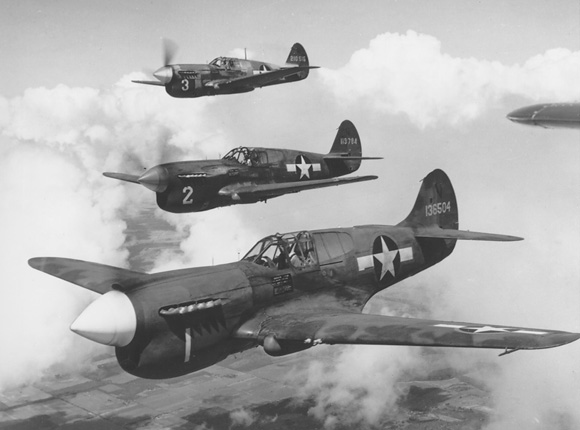
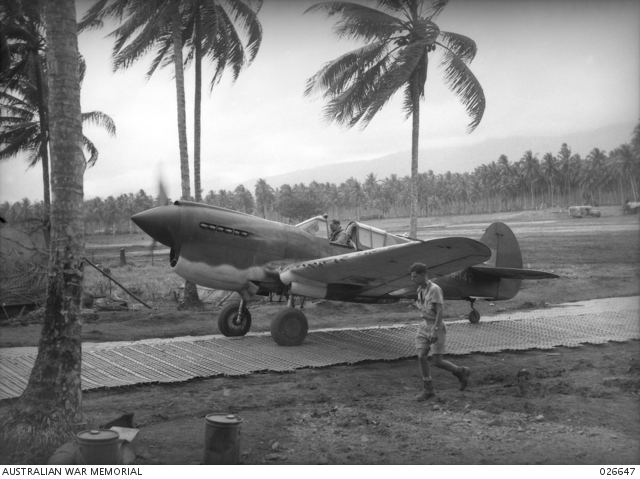
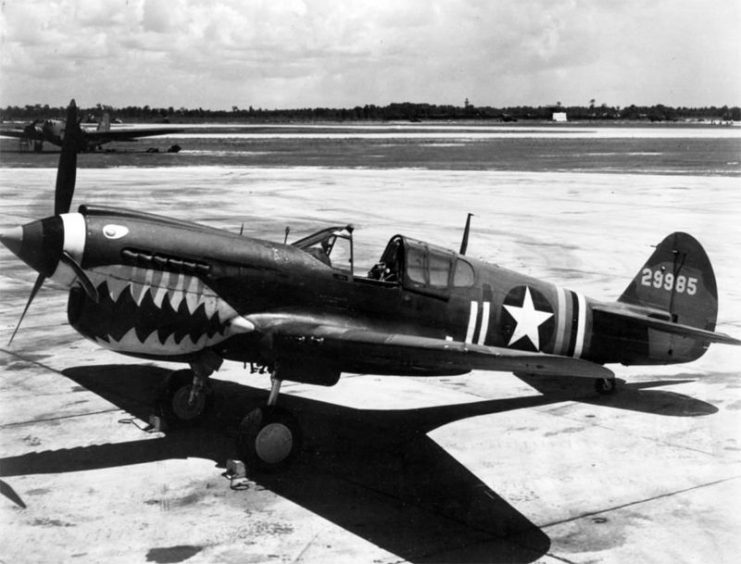
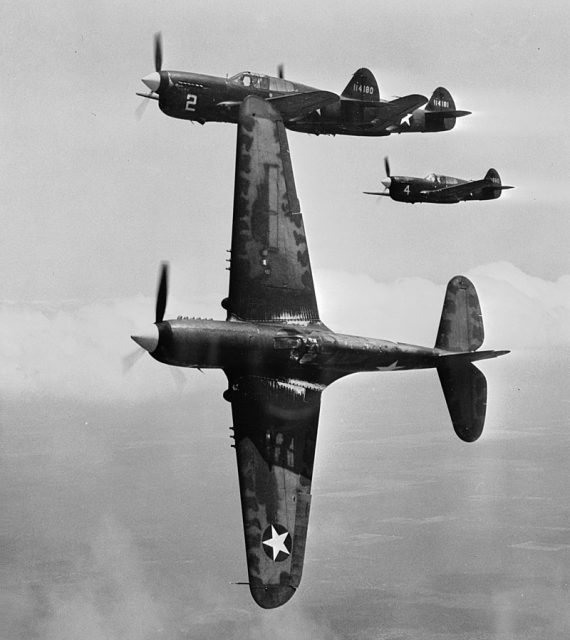
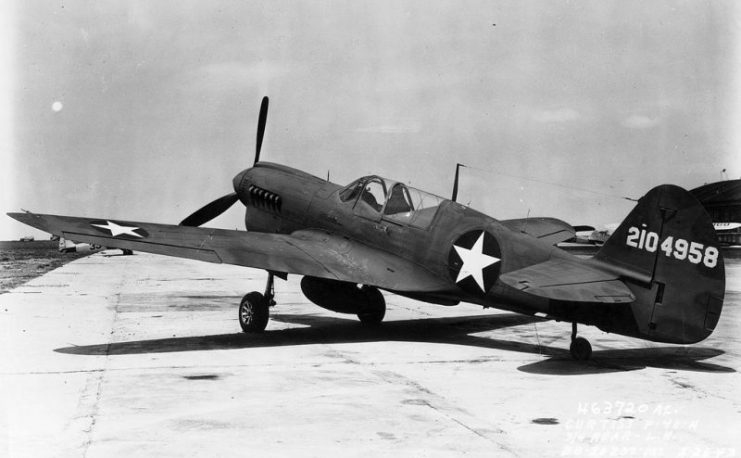
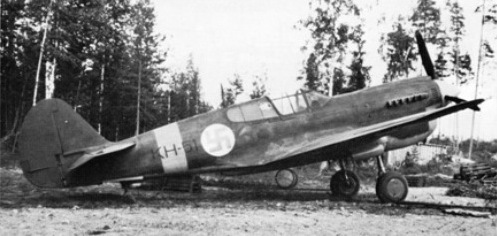
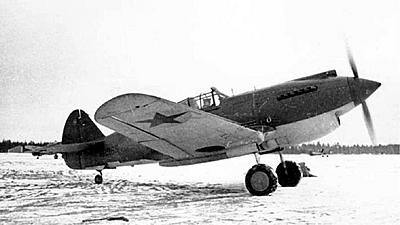
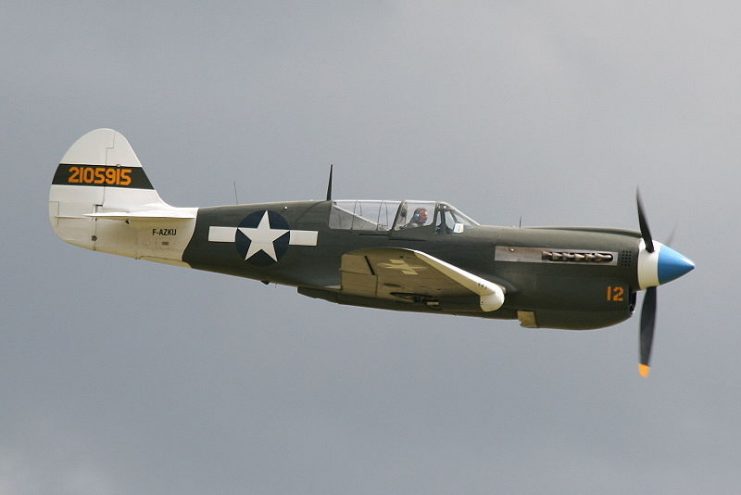
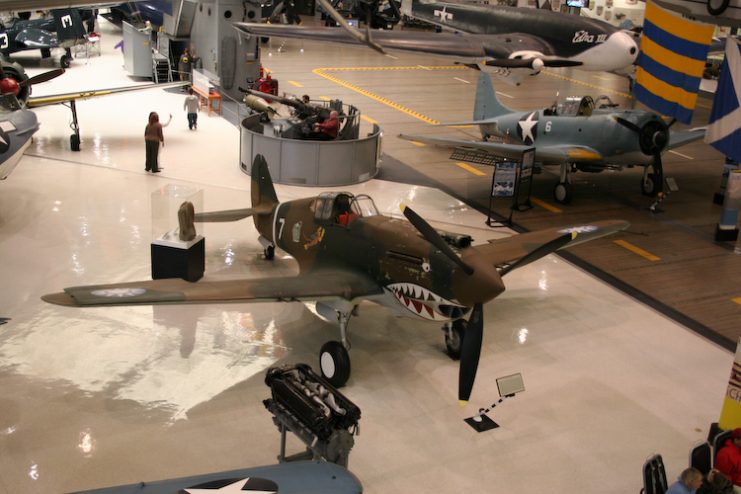
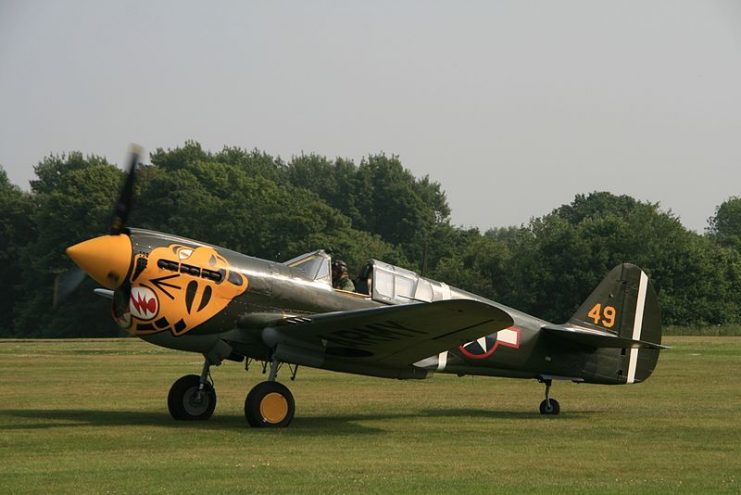
By SmiertSpionem CC BY-SA 3.0
Read another story from us: P-51 Mustangs of the 8th Air Force
